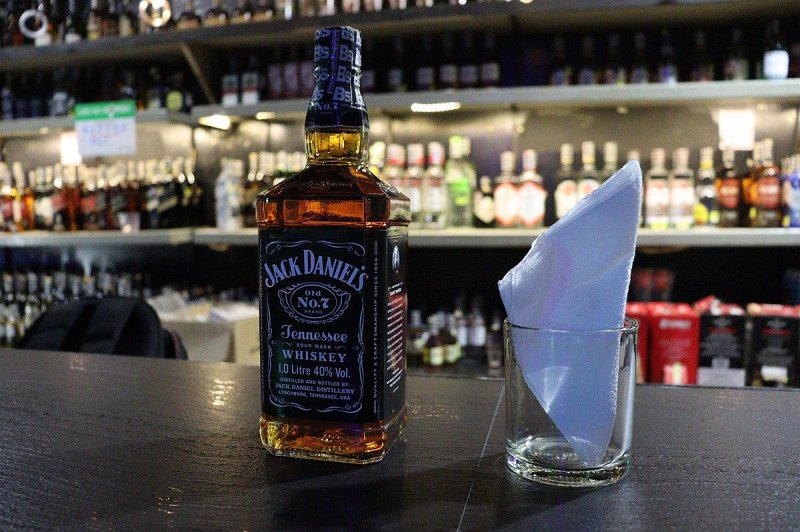THIRD WORLD U$A
Why millions of people could lose Medicaid next month
Health officials are bracing for chaos as states begin to determine — for the first time in three years — who is eligible for Medicaid, as a key pandemic policy of guaranteed eligibility ends.
Advocates warn that without a safety net, millions of vulnerable people will fall through the cracks and lose coverage.
The Biden administration is giving states a year to go through the once-routine process of sorting through Medicaid rolls, though some are moving much faster.
Arkansas for instance will speed through the redetermination process in only six months, citing cost concerns and the goal of Gov. Sarah Huckabee Sanders (R) to push people to “escape the trap of government dependency.”
Eight states began the renewal process in February, and have already started sending out renewal notices. But unlike Arkansas, those states won’t begin terminating people from the program until May or June.
According to a report from the Kaiser Family Foundation, most states will take at least a year.
“I think any state will tell you there’s going to be chaos,” said Katherine Hempstead, a senior policy adviser at the Robert Wood Johnson Foundation. “It’s going to be unfortunately like a learning experience, but it’s going to be a very, very painful experience for people that lose coverage.”
The Biden administration estimates as many as 15 million people could be at risk of losing Medicaid, though many of those people will be able to transition to employer-sponsored coverage or get insurance through a subsidized Affordable Care Act plan.
The Department of Health and Human Services estimated nearly 7 million people will lose coverage because of administrative barriers like lost or incomplete paperwork.
Prior to the pandemic, states regularly conducted redeterminations. If a person made too much to qualify for Medicaid, they were notified and removed.
But at the start of the pandemic, the federal government required Medicaid programs to keep people continuously enrolled until the end of the public health emergency, in exchange for higher federal funding.
So if you were enrolled in Medicaid in March 2020, or if you became eligible at any point during the pandemic, you have remained eligible the entire time no matter what. As a result, the uninsured rate dropped and Medicaid enrollment soared past 90 million people, according to federal data.
The public health emergency is set to end April 16, though states can start dropping people beginning April 1.
Experts have described the impending coverage shift as the biggest change in health care since the implementation of ObamaCare, but the impact will be felt differently depending on where a person lives.
For example, in Virginia, which expanded Medicaid eligibility under ObamaCare, a single childless adult can’t earn more than about $1,500 a month to qualify. In non-expansion states like Tennessee and Texas, adults without children don’t qualify for Medicaid at all.
“I think there are states that are truly conscious of the fact that they don’t want interruptions if they can avoid interruptions. And then there are states … that just queued up, I’m sure a gazillion people to get pushed off,” said Sara Rosenbaum, professor of health law and policy at the Milken Institute School of Public Health at George Washington University.
Rosenbaum said she thinks the federal government has underestimated just how many people are at risk of losing coverage.
“If you’re not an expansion state, huge losses are inevitable. Anybody who’s earning poverty level wages is going to lose the Medicaid coverage and is not going to be eligible for the exchange coverage, and will be working for an employer that is extremely unlikely to be giving them workplace benefits that they can afford to buy,” Rosenbaum said.
Before the pandemic, people “churned” in and out of Medicaid for various reasons. People lost their coverage if they earned too much or didn’t provide the information needed to verify their income or residency.
The Biden administration said it is working with state officials to minimize churn. But even in the best of times, states have sent mail to the wrong address, or people move frequently and can’t easily be reached.
“Their mail may get backed up somewhere, and then they present to a provider and they are needing some really serious care, and then they don’t have coverage at that time. So those are kind of the things that concern me,” said Loretta Alexander, health policy director of Arkansas Advocates for Children and Families.
Alexander said even though she is concerned Arkansas is moving too quickly, she thinks officials are trying to make the process as smooth as possible.
“They’ve got a strong plan in place. But of course, you can’t control everything,” Alexander said.
But across the country, the majority of people are unaware of the looking end of guaranteed coverage.
According to a survey from the Robert Wood Johnson Foundation, 62 percent of adults with family Medicaid enrollment reported hearing nothing at all about the eligibility redeterminations.
“Despite a lot of attempts to reach out and communicate with people, people are living their lives. And we know that people do not think about their insurance. So, you know, inevitably, people are going to be surprised,” said Hempstead.





.png)











.jpg?ext=.jpg) The steam generator being extracted from the containment building (Image: Eskom)
The steam generator being extracted from the containment building (Image: Eskom).jpg)
.jpg?ext=.jpg) Vogtle 4 pictured in February (Image: Georgia Power)
Vogtle 4 pictured in February (Image: Georgia Power).jpg?ext=.jpg) Deep Isolation's concept for the disposal of nuclear fuel and high-level waste (Image: Deep Isolation)
Deep Isolation's concept for the disposal of nuclear fuel and high-level waste (Image: Deep Isolation)